Background
MZOV (Compañía de los Ferrocarriles de Medina del Campo a Zamora y de Orense a Vigo — the railway company covering the Medina del Campo–Zamora and Orense–Vigo routes) was founded in Galicia, Spain. After being awarded various lines connecting Galicia with central Spain, the company reinvented itself as a leading Spanish construction company.
In 1916 CUBIERTAS Y TEJADOS, S.A. was founded and the company's name—meaning roofing—reflected its expertise in that particular area, although it also handled other kinds of industrial construction. Fifty years later it merged with MZOV, becoming CUBIERTAS Y MZOV, S.A. (CYT) before merging with ENTRECANALES AND TÁVORA, S.A. to create ACCIONA.
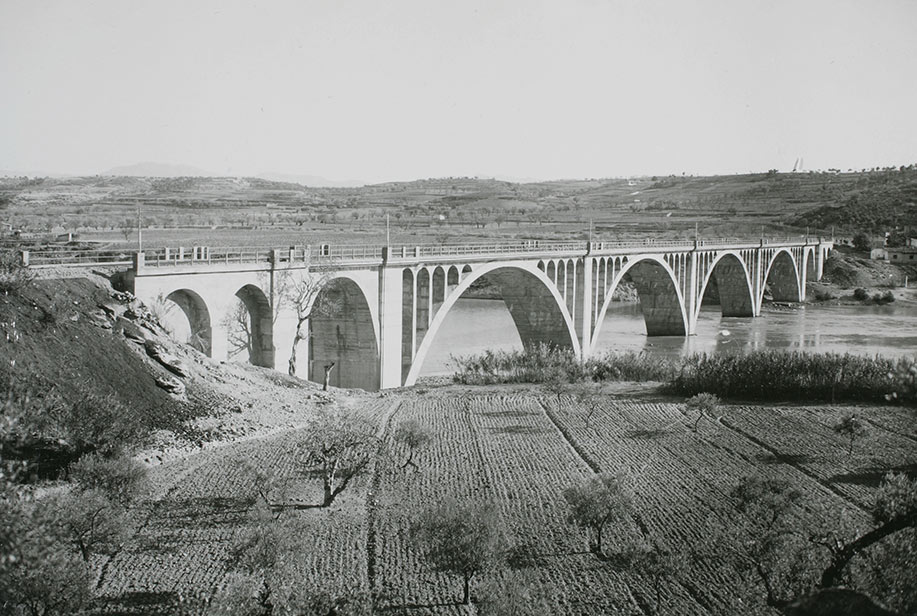
First steps
A civil engineer from Bilbao named José Entrecanales Ibarra and an entrepreneur from Seville named Manuel Távora founded ENTRECANALES Y TÁVORA, S.A. on 11 March 1931. The company's first projects included remodelling the San Telmo bridge in Seville—in line with recommendations by HRH King Alfonso XIII that it should not block the view of the Golden Tower—and construction work on the Cádiz pier.
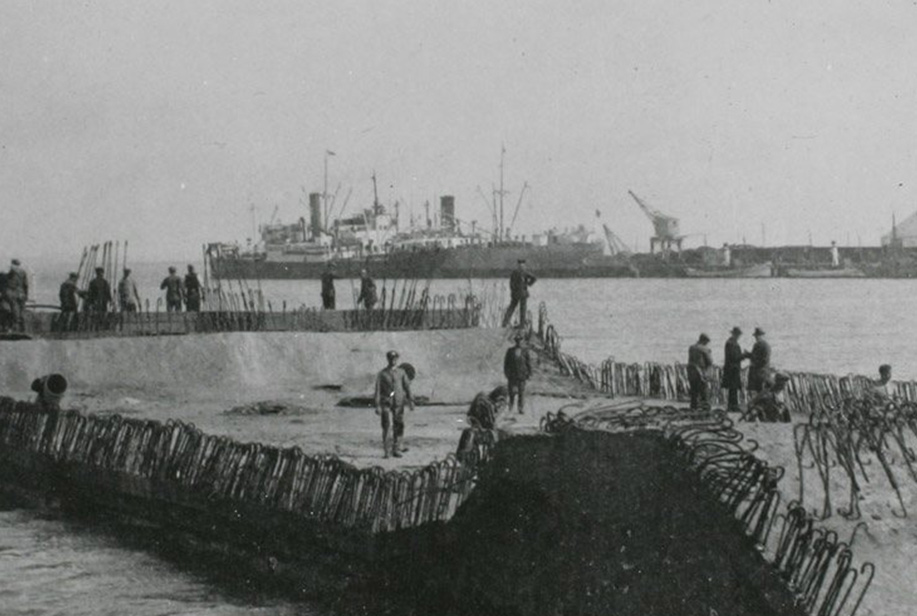
The road to internationalisation
In 1948, ENTRECANALES Y TÁVORA, S.A. signed its first contract outside Spain, and undertook projects in Portugal, Morocco and Equatorial Guinea. This was the company's first step towards internationalisation. It later expanded to several countries in Latin America, Europe, Africa and Asia, including Colombia, Egypt, the US, the Philippines, France, Hong Kong, Italy, Jordan, Malaysia, Mexico and Puerto Rico.

An international reference point
José María Entrecanales Azcárate, son of José Entrecanales Ibarra, took over as president of the company with his brother, Juan Entrecanales Azcárate, as Vice President. Before long, the company became a national and international leader in construction and engineering, expanding its operations to countries such as the United States, Hong Kong, Malaysia, Colombia and Mexico.

Diversification begins
CUBIERTAS Y MZOV, S.A. was founded on 2 October 1978 as a result of the merger between MZOV and CYT. The merger was a natural development given the complementary nature of their businesses and the large number of major projects on which MZOV and CYT had collaborated. ENTRECANALES Y TÁVORA S.A. was known mainly for its work in the infrastructure sector, but the 80s witnessed a new era driven by diversification into other sectors such as real estate, wine production, urban services, telecommunications, etc.
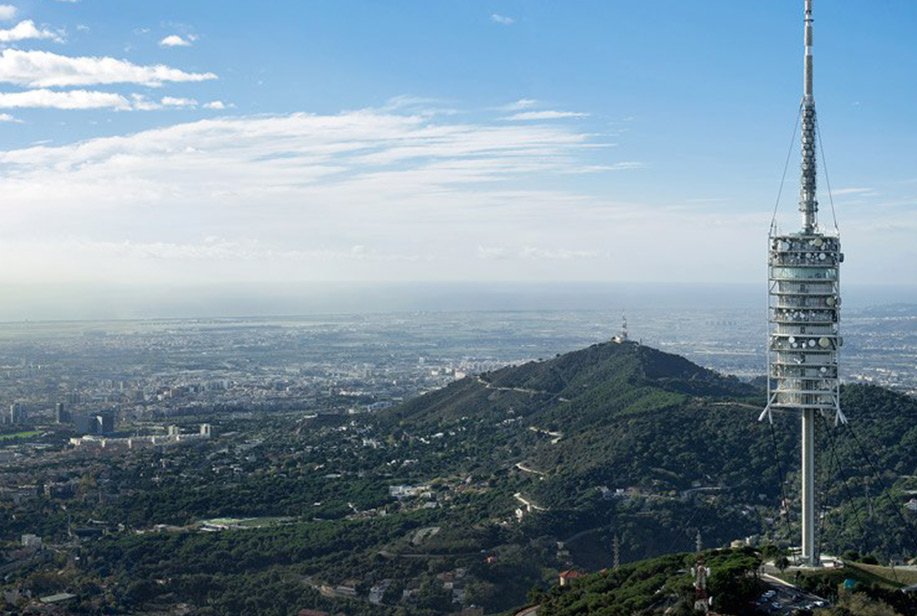
High-speed railway
During the 1980s, and in the run-up to Expo 1992, construction started on Spain's first high-speed railway, connecting Madrid and Seville. ACCIONA participated in the project, pioneering the development of an incrementally launched bridge for a high-speed railway line and building 234 km of a total of 472 km. Spain ranks first in Europe and second in the world (behind China) in terms of kilometres of high-speed railway built, with a total of 3,000 km. ACCIONA has actively participated in the construction of all sections of Spain's high-speed railway, in some of the largest projects. Examples include the Guadarrama tunnels, measuring 14,270 m and 14,000 m in length (the fifth-longest in the world) on the Madrid–Segovia section, and the Pajares tunnels, measuring 15,000 m and almost 10,000 m in length (eighth-longest in the world) on the Madrid-Asturias line.
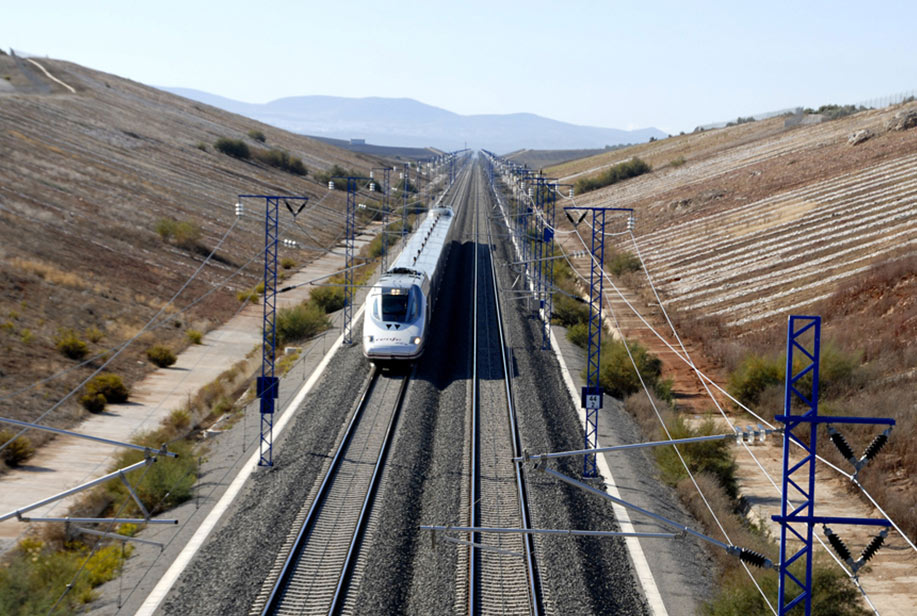
We grow and evolve: ACCIONA is born
In 1996, NESCO (Nueva Entrecanales, Cubiertas, Servicios y Obras) is created from the merger of Entrecanales y Távora with Cubiertas y MZOV. Following an initial strategic merger, resulting in the birth of NECSO Entrecanales y Cubiertas, ACCIONA was created in 1997 as a diversified group, with José María Entrecanales de Azcárate as President and Juan Entrecanales de Azcárate as Vice President. ACCIONA was established as an international holding company for companies operating in various fields of the industry and the services sector.
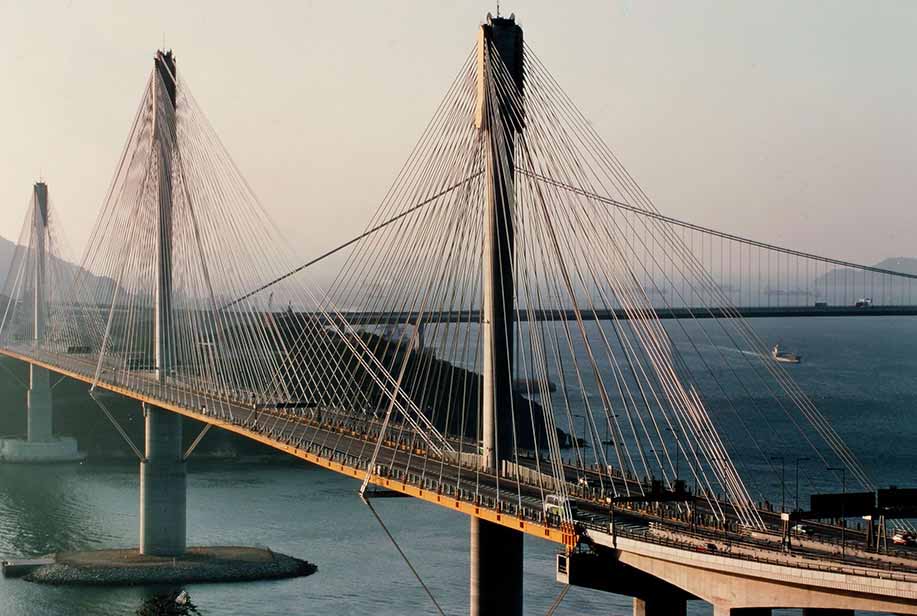
Infrastructure, energy and water: our three pillars
José Manuel Entrecanales Domecq, son of José María Entrecanales de Azcárate and grandson of the founder, is appointed President, while Juan Ignacio Entrecanales Franco, son of Juan Entrecanales de Azcárate, becomes Vice President. Both navigate the company's transition towards its three pillars of growth: infrastructure, energy and water. This in-depth transformation was made possible by a huge financial investment and a strong commitment to innovation and social engagement as a driving force for quality employment.

The new ACCIONA brand: Commitment to sustainability
ACCIONA changes its image and brand strategy, adopting its current logo. ACCIONA redefines itself as a new and pioneering company in sustainable development, through an innovative brand. Its mission as leader contributing to social welfare and sustainable development involves a reliance on the basic pillars of sustainability: economic welfare generation, environmental protection and social responsibility.
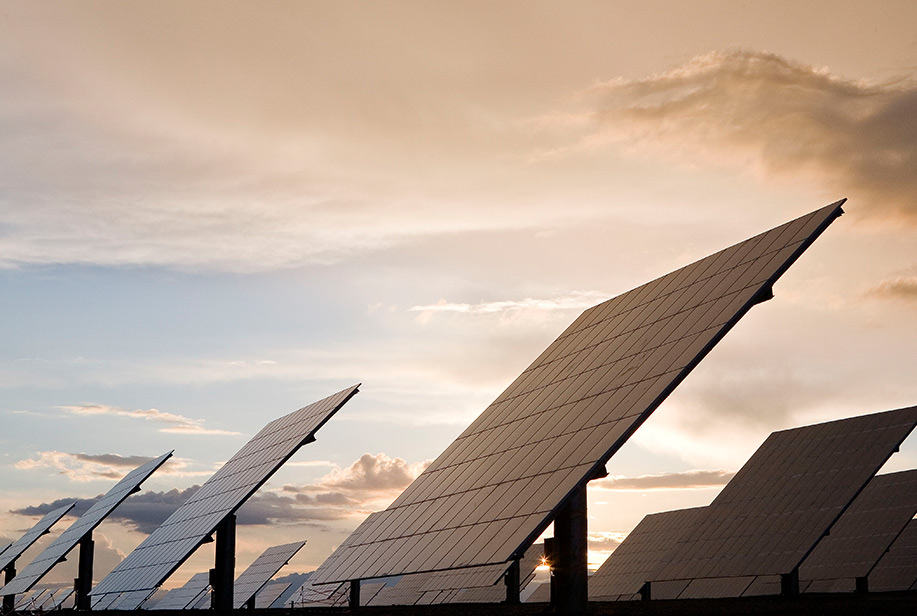
We became a carbon-neutral company
As part of its commitment to decarbonization, ACCIONA made a commitment to go carbon neutral at the Paris climate summit in 2015. Since then, the Company has taken the necessary steps to articulate this milestone within the framework of its Sustainability Master Plan. Achieving neutrality has been a key milestone in the roadmap to becoming a truly sustainable company at a global level.
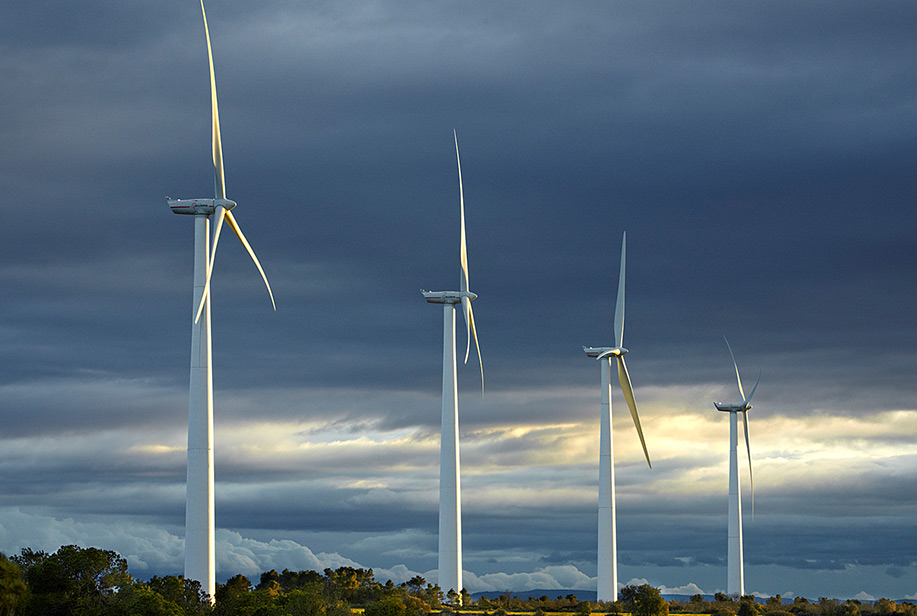
BUSINESS AS UNUSUAL
A different way of doing business. Through the evolution of its positioning, ACCIONA shows that the smartest choice for achieving sustainable development is to invest in the planet through renewable energies, resilient infrastructures, and water management and treatment. This is a different way of doing business, one it considers to be essential in the bid for sustainability in response to major global challenges, such as the consequences of climate change and the transition toward a decarbonised economy.
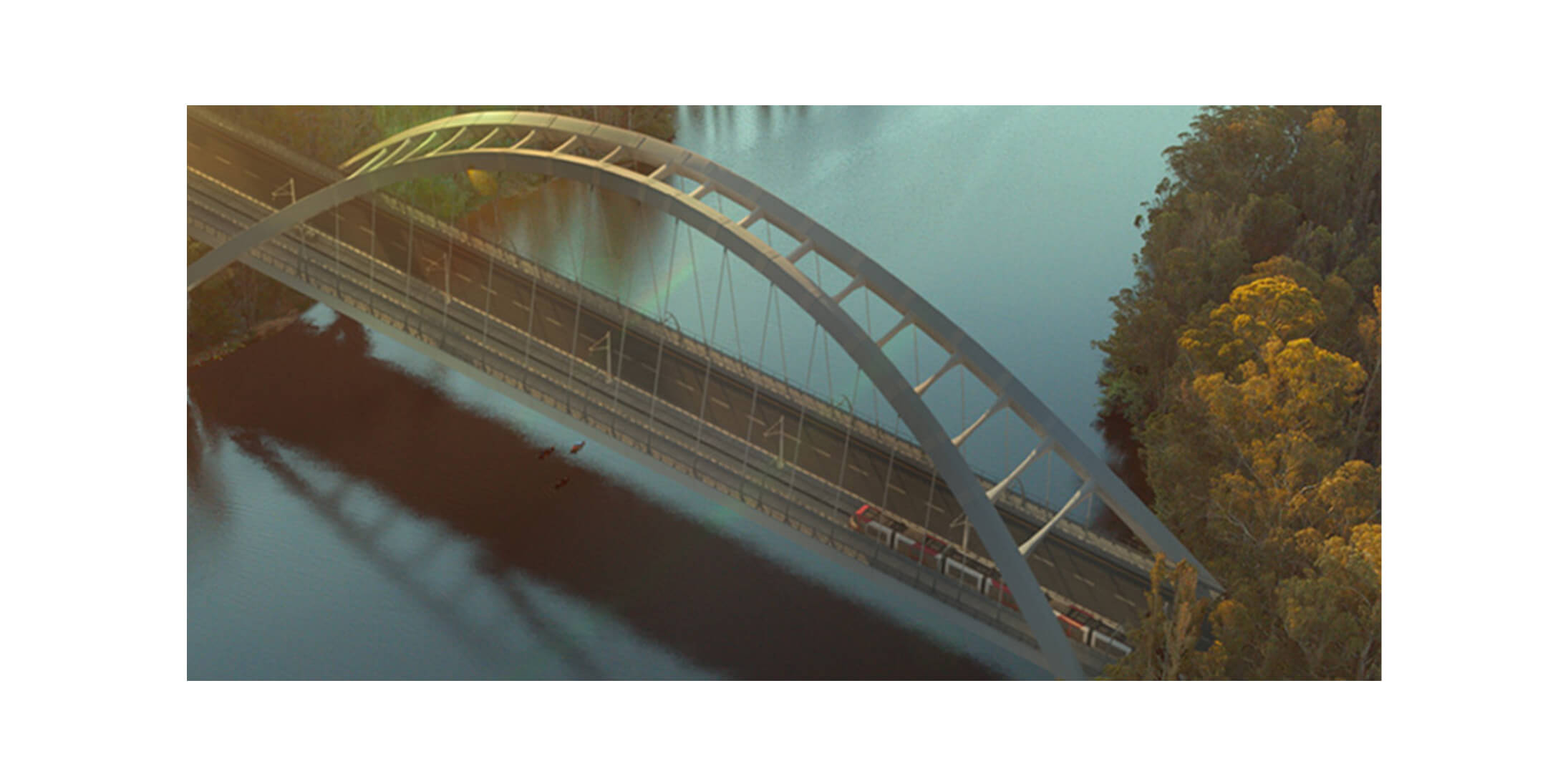
OUR PROMISE
TO DESIGN A BETTER PLANET
Our long history has led to the aspiration to make the planet a better place through our activity, which provides sustainable solutions to the main challenges that will define the future relationship of humanity with the Earth. Solutions that we consider essential for current and future generations to enjoy a better life in harmony with the planet.